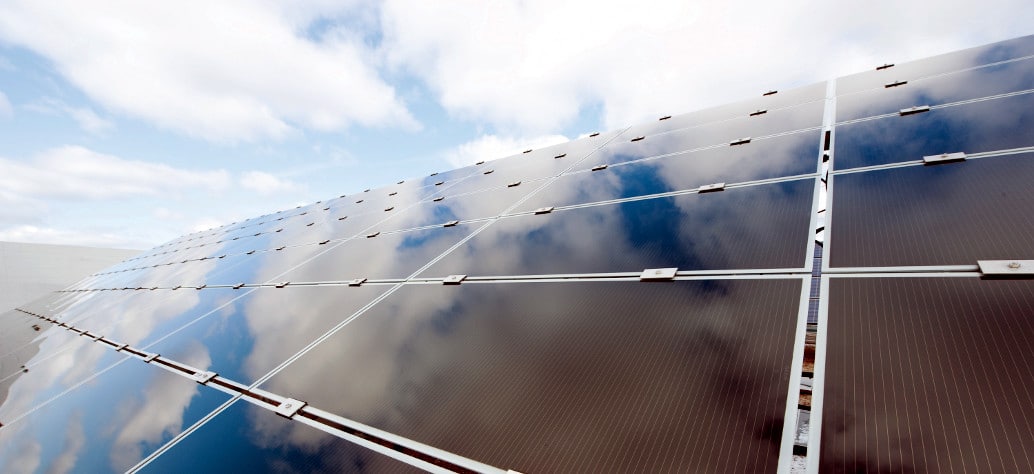For many decades solar PV and wind projects were seen as a burden to the operation of the electric grid, and something that other plants would have to compensate for. And while the basis intermittency of solar PV output remains a challenge, new generations of inverter technology are showing that solar can provide the grid services required of other generators, and can be technically superior in this regard.
At its annual meeting last week, the National Association of Regulatory Utility Commissioners (NARUC) honored a joint project by First Solar, the U.S. Department of Energy’s National Renewable Energy Laboratory (NREL) and the California Independent System Operator (CAISO) for showing these technical abilities of solar projects.
The project utilized an un-named 300 MW solar plant in the footprint of CAISO, California’s grid operator. On two dates in the summer of 2016 and using advanced inverter technology, the plant was able to demonstrate frequency control and ramping capabilities, but also voltage regulation – including at night when the plant was not generating power.
California ISO notes that these are all identified by federal regulators as essential for expanding integration of higher levels of renewable energy on the grid. While many of these services are required of large conventional generation, in the case of rapid downward ramping solar PV has superior capabilities to nuclear, coal and other forms of power generation.
“These tests conducted by the ISO and its partners create vast opportunities for renewable energy plants to offer operating flexibility we once thought only possible with conventional resources,” said CAISO CEO Steve Berberich. “This could potentially be a watershed moment for the carbon-free power grid of the future, showing the ability of solar plants to provide grid reliability services.”
And as California embraces renewable energy, such services are increasingly needed. Renewables other than large hydroelectric dams met 25% of California’s electricity demand in the first nine months of this year, and solar met around 10% of total demand in 2016. By 2020, renewable energy sources including wind and solar will represent 50% of generation procured by the state’s three large utilities, meeting the state’s 2030 mandate ten years early.
This content is protected by copyright and may not be reused. If you want to cooperate with us and would like to reuse some of our content, please contact: editors@pv-magazine.com.









By submitting this form you agree to pv magazine using your data for the purposes of publishing your comment.
Your personal data will only be disclosed or otherwise transmitted to third parties for the purposes of spam filtering or if this is necessary for technical maintenance of the website. Any other transfer to third parties will not take place unless this is justified on the basis of applicable data protection regulations or if pv magazine is legally obliged to do so.
You may revoke this consent at any time with effect for the future, in which case your personal data will be deleted immediately. Otherwise, your data will be deleted if pv magazine has processed your request or the purpose of data storage is fulfilled.
Further information on data privacy can be found in our Data Protection Policy.